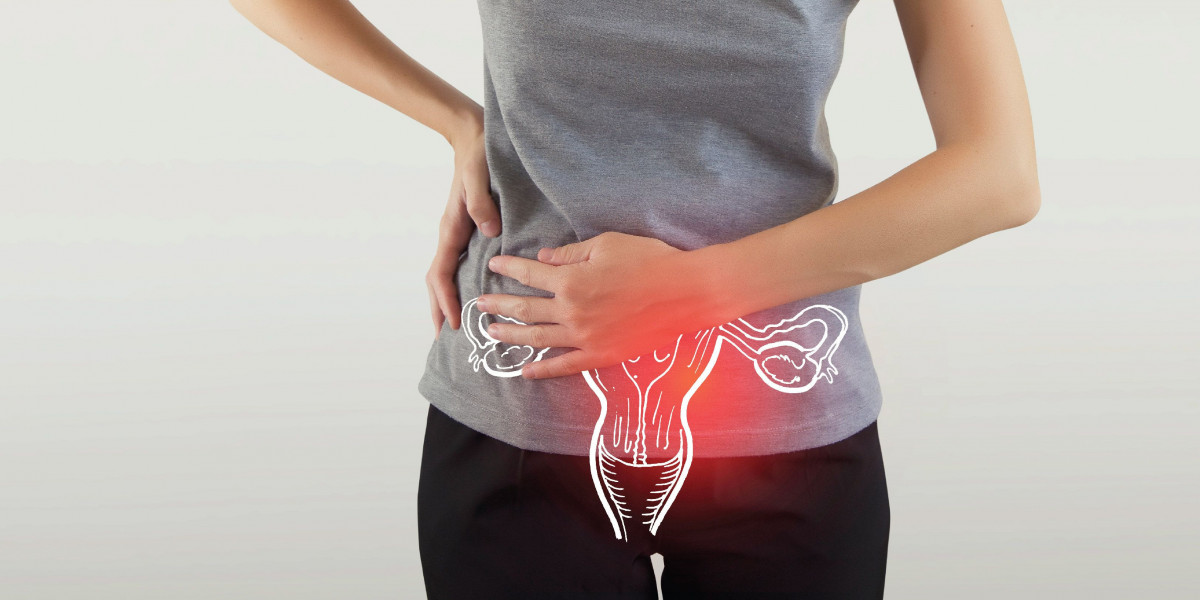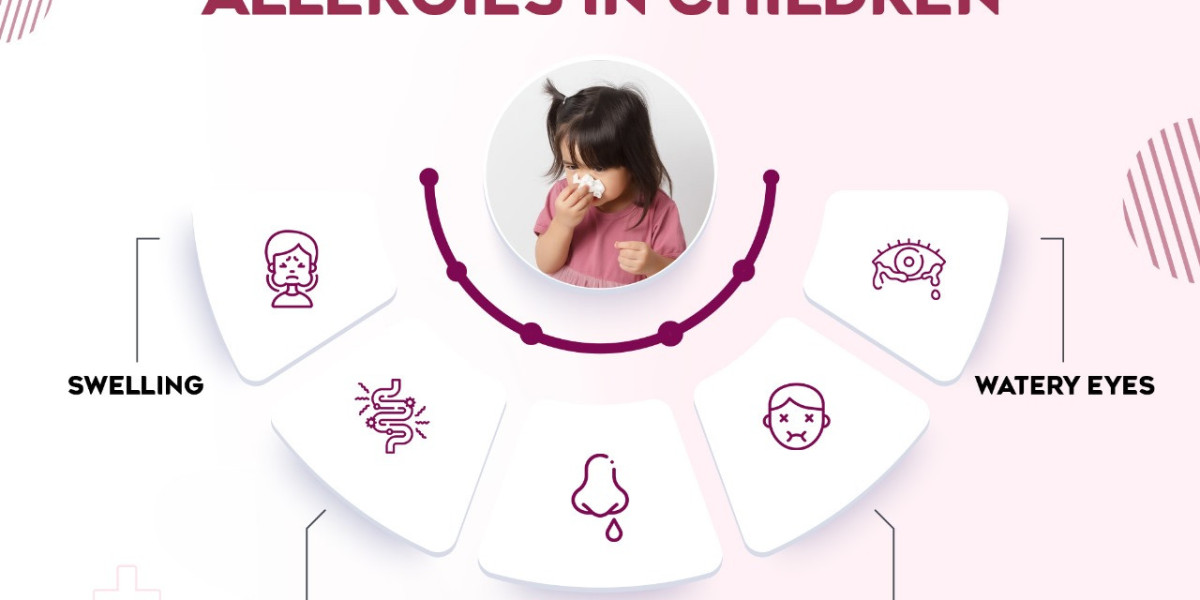It can also result in acne, excessive hair growth, and weight gain. Let’s gain more information about this prevalent condition and find out what types of PCOD treatment in Mumbai are available. Firstly, let’s learn the causes of PCOD.
Causes of PCOD
- Hormonal Imbalance
- Genetics
- Insulin Resistance
- Inflammation
- Lifestyle Factors
- Obesity
Effective Treatments for PCOD
PCOD can be manageable. Expert gynaecologists like Dr. Chaitali Mahajan Trivedi, a leading gynaecologist in Mumbai, offer varied PCOD treatments. It includes:
- Non-Surgical Treatments
- Oral Contraceptives- Birth control pills, shots, patches, intrauterine devices, or a vaginal ring aid to restore normal hormonal levels.
- Mild Oral Antibiotics- These can assist with PCOD/PCOS acne.
- Anti-Androgens- Drugs that prevent the effects of androgens can help minimise scalp hair loss or excess hair growth.
- Infertility Treatments- Some medications can assist the patient in ovulating. When medication fails and women with PCOD/PCOS want to conceive, in-vitro fertilisation (IVF) may be a viable option.
- Lifestyle Modifications-
- Diet- Limiting carbohydrates will help reduce insulin levels; instead of a normal weight loss diet, choose a low-glycemic index diet rich in fruits, vegetables, and whole grains.
- Weight Management- Weight loss can reduce insulin and testosterone levels, perhaps restoring ovulation. Weight loss programs, regular dietician consultations, and daily exercise can help regulate weight.
- Surgical Option
Laparoscopic Ovarian Drill- This rare surgical procedure is used to induce ovulation in women with PCOD/PCOS.
- During ovarian drilling, the surgeon makes a small incision at the belly button to insert a small tube to inflate the abdomen.
- When the abdomen is filled with air, the surgeon inserts a laparoscope (a viewing tool) without damaging the internal organs. This allows the surgeon to see the cysts in the ovary in detail.
- Finally, using the same incision or other minor cuts in the pelvic area, the surgeon inserts surgical tools to drill or puncture cysts in the ovarian tissues associated with high androgen levels. An electrocautery or laser can also be used for this.
Manage PCOD by consulting experts like Dr. Chaitali Mahajan Trivedi at Nanavati Super Speciality Hospital. With a thorough evaluation, she offers tailored treatments to correct hormone imbalances, addressing symptoms like weight gain, acne, facial hair, depression, anxiety, and infertility. Don't wait; seek help today!















